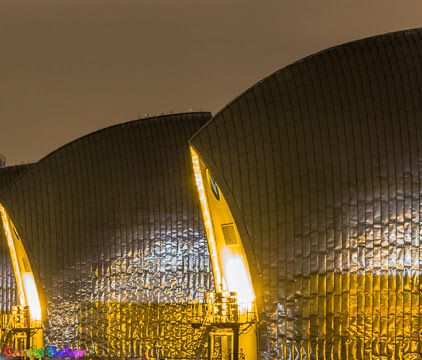Saturday 30 May 2015
Tuesday 26 May 2015
Sunday 24 May 2015
Monday 18 May 2015
How much Processing!
My last posting of a walk around the Thames Barrier has again raised the question of processing the images. So, for a interesting insight into what a good camera can capture here are a couple of examples.....for reference - it is unlikely I will be posting unprocessed images again for comparison!!
Thames Barrier. This was taken on a rainy night. For this image I stood on a platform with several other photographers so perhaps was not the best composition - usually I would have moved or waited for a better position but on this particular evening this was not an option.
RAW file..
Processed file using Lightroom
Brighton. This image is poor. It was taken on a crowded promenade while rushing to the other side of Brighton. I had no time or room to set up the tripod. I liked the lone yacht in the far distance and the light coming through the clouds. It was a very grey day but as you can see from the light through the clouds the sun was trying to pop out! This was a processing exercise for my own interest to establish that the camera does lie!! This image has been processed to within an inch of its life.
RAW file....
Processed within Lightroom
A RAW file is.....
Raw image files are sometimes called digital negatives, as they fulfil the same role as negatives in film photography: that is, the negative is not directly usable as an image, but has all of the information needed to create an image. Likewise, the process of converting a raw image file into a viewable format is sometimes called developing a raw image, by analogy with the film development process used to convert photographic film into viewable prints. The selection of the final choice of image rendering is part of the process of white balancing and color grading. Like a photographic negative, a raw digital image may have a wider dynamic range or colour gamut than the eventual final image format, and it preserves most of the information of the captured image. The purpose of raw image formats is to save, with minimum loss of information, data obtained from the sensor, and the conditions surrounding the capturing of the image (the metadata). Raw image formats are intended to capture as closely as possible (i.e. at the best of the specific sensor's performance) the radiometric characteristics of the scene, that is, physical information about the light intensity and colour of the scene.
Most raw image file formats store information sensed according to the geometry of the sensor's individual photo-receptive elements (sometimes called pixels) rather than points in the expected final image: sensors with hexagonal element displacement, for example, record information for each of their hexagonally-displaced cells, which a decoding software will eventually transform into the rectangular geometry during "digital developing".
Hope this helps with some understanding of what/how much processing is done to a RAW file - and perhaps more importantly why when shooting in RAW, as photographers, we do need to process to some degree to make the best image we can.
Sunday 10 May 2015
Sunday 3 May 2015
Vintage Bikes & Amberley Woods
Camera: 700D
Abstract Bluebells - movement in the camera while using a slow shutter speed creating some 'interesting' images.
'Normal' Bluebells
Abstract Bluebells - movement in the camera while using a slow shutter speed creating some 'interesting' images.
'Normal' Bluebells
Subscribe to:
Posts (Atom)







































